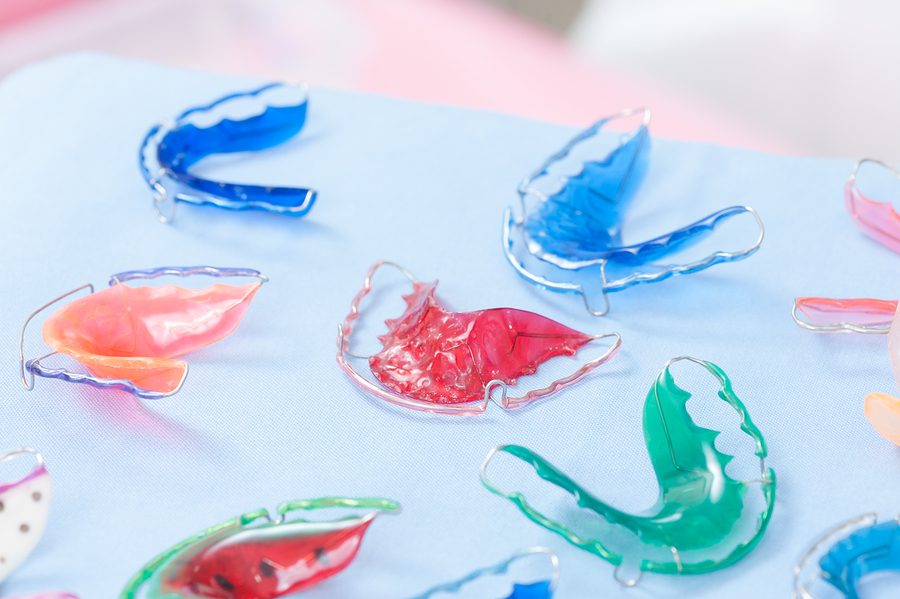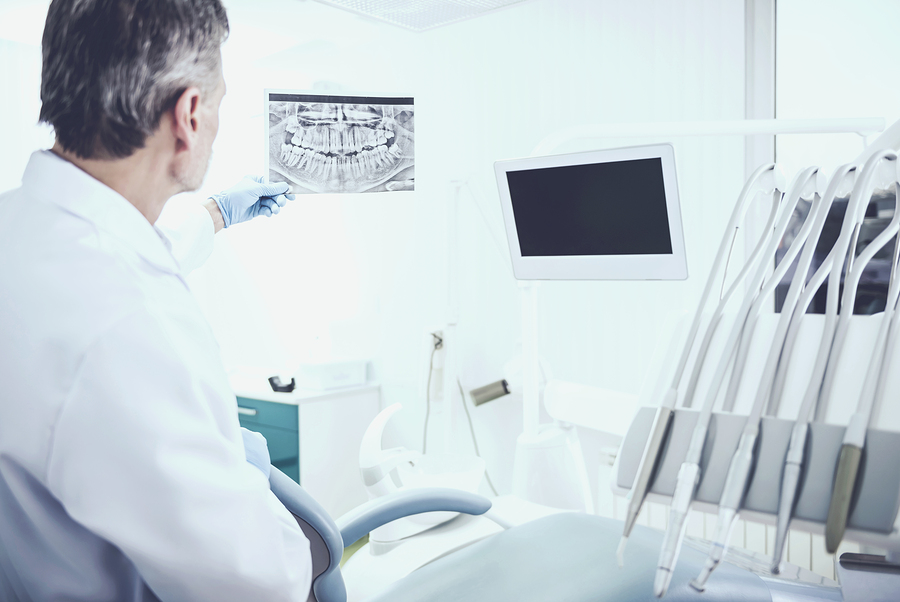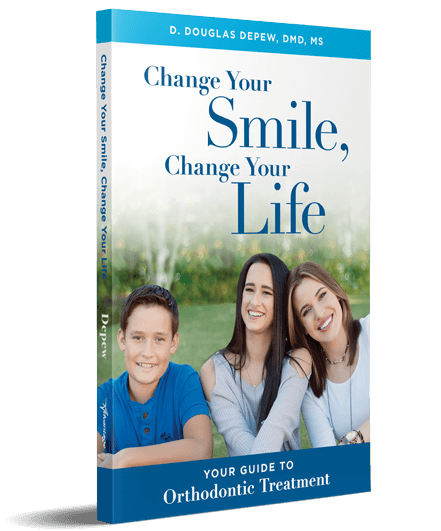Month: June 2019

Shift Happens: Remember To Wear Your Tooth Pajamas!
Orthodontics can totally transform your smile, but what’s the use in investing if your teeth eventually move back to where they were before? The most important aspect of your treatment is maintaining a straight, healthy smile after your braces are off. Just as we were able to move your teeth in the first place, they can move back on their own. In this article I’m going to share with you what you can expect regarding smile retention after you’ve completed your orthodontic treatment.
Why Would My Teeth Move? Your teeth are surrounded by living tissue, and the fibers in these tissues are stretched to allow us to straighten your smile. Once your teeth are not being held in place by braces, these fibers might tighten up, moving your teeth with them.
In addition, the lips, cheeks, and tongue can have an effect on your smile. These are all forces that are in contact with your newly straightened teeth. They can cause your teeth to move outward or inward depending on where the force is coming from.
How Long Will I Wear my Retainer? Some patients are surprised to find out that they should expect to wear their retainer for a lifetime. Directly following orthodontic treatment, your teeth will remain slightly mobile for a few weeks. During this time, you can expect to wear your retainer both during the day and at night.
After anywhere from three weeks to three months, your doctor will tell you that you can just wear your retainer at night, and you’ll continue to do this for as long as you want to keep your teeth straight. This is why I call retainers “tooth pajamas.” Whenever you put your pajamas on, you put on your tooth pajamas, too!
What Different Types of Retainers are There? There are two types of retainers﹘ removable and fixed. Some doctors use mostly one or the other, but I look at each patient’s unique needs when deciding what type would be best for them.
A removable retainer is usually worn just at night (as we discussed) and can be taken out during the day and to be cleaned. This type of retainer is either made from acrylic and wire or clear plastic.
- Acrylic-and-wire retainers are made from a mold of a patient’s palate and have wires that hold it in place around the teeth. These types of retainers are very durable and can last for years if cared for properly, but they only fit on the top row of teeth.
- Clear plastic retainers are less visible than acrylic-and-wire retainers. They are molded to fit perfectly over all of the teeth, leaving the palette unobstructed. This type of retainer can work on both the upper and lower teeth. Plastic retainers are more easily lost or broken than their acrylic-and-wire counterparts.
Fixed retainers usually involve adhering a small wire to the back of the six front teeth. That means that when you smile, you can’t see it at all! Like braces, fixed retainers make some foods off limits.
Overly crunchy or sticky foods can break off the bonds. If a fixed retainer does happen to break, it’s important to see your orthodontist as soon as possible, as teeth can shift very quickly. Also, flossing with a fixed retainer requires a little extra care. Patients will have to use floss threaders (just like with braces) to clean between those teeth.
The longer you wear your retainer, the more likely it is that your teeth will stay where we moved them. It’s up to you to maintain your beautiful, straight smile!

Orthodontic Treatment for Special Circumstances
One of the things I love about being an orthodontist is that each patient brings with them a unique challenge. Many of my patients have come to me because they have special circumstances that require orthodontic correction. Today, I’m going to go over some of the more common issues I see, as well as methods for correcting them.
Overjet. This refers to when the upper teeth are too far forward and/or your lower jaw is too far back. This condition is more commonly called overbite. When correcting overjet the goal is to grow the lower jaw forward while moving the upper teeth backwards. This can be achieved by using a bite corrector or with elastics attached to braces.
Underbite. The opposite of overjet, an underbite happens when the lower jaw is too far forward. In some cases the top teeth are tipping backwards into the mouth as well. When correcting underbites, we want to slow down the lower jaw growth and make the upper jaw and teeth come forward.
It’s best to correct an underbite as early as possible, so that you can manipulate the jaw as it’s growing. Underbites can be corrected using an expander in the top of the mouth, braces and elastics, or in rare cases surgery. The earlier you begin correcting an underbite, the less likely it is that surgery will be required.
Crossbite. This condition can occur with just one tooth or many teeth, depending on the situation. Crossbite refers to when two corresponding teeth don’t line up. For example, if your top right back molar is positioned closer to the cheek than the bottom right back molar, that’s a crossbite.
If left to run its course, this condition can lead to crowding, impacted teeth, and unusual tooth wear. I’ve used expansion appliances, braces, springs, and elastics to correct crossbite. Since each case is so different, the techniques for each patient vary widely.
Impacted Teeth. Wisdom teeth are the most commonly impacted teeth, followed by upper canines. Any tooth that isn’t able to grow in on its own is considered impacted. Before helping a tooth grow in, it’s important to make ample space for it by expanding the palette and/or moving the adjacent teeth. Then, we might need to help the tooth grow in by attaching a chain and slowly pulling it into place over time.
Missing Teeth. When a patient is missing a tooth or multiple teeth, there are a few options. We can close the space where a tooth would’ve been or we can prepare the space open for an implant. Since implants can’t be placed until after the jaw stops growing, patients often need a temporary solution to hold the space open. I usually opt for a temporary fixed bridge, which can easily be removed to insert an implant later.
Misshapen Teeth. While you can usually control how teeth line up, you can’t always control their shape. Some teeth are just smaller than normal or oddly shaped. The best way to fix these is to open a small space beside the tooth, and then a dentist can use composite material or a veneer to make the tooth the right shape and size.
Extra Teeth. Whenever we find extra teeth, it’s best to extract them as early as possible. Otherwise, they can cause crowding, root damage, and other complicated issues down the line. I often work with an oral surgeon to extract any extra teeth I find in adolescent or teenage patients.
As you can see, orthodontics has the ability to solve just about any issue a smile can have. If you’d like to see what superior orthodontic care can do for your child, call Depew Orthodontics today to set up an appointment!

